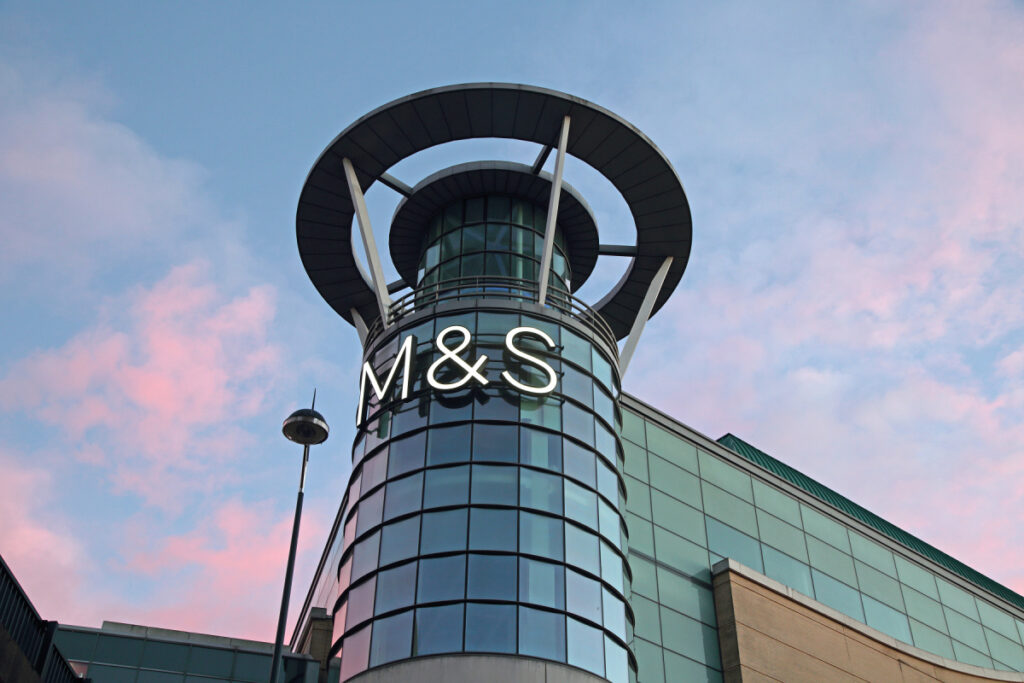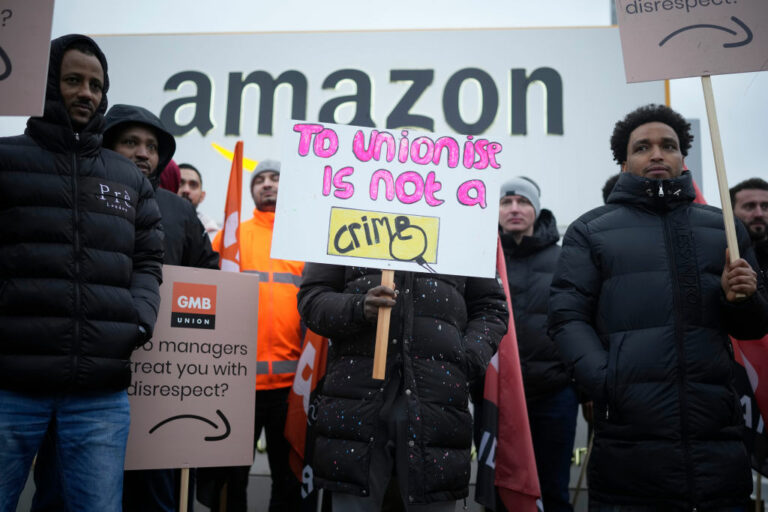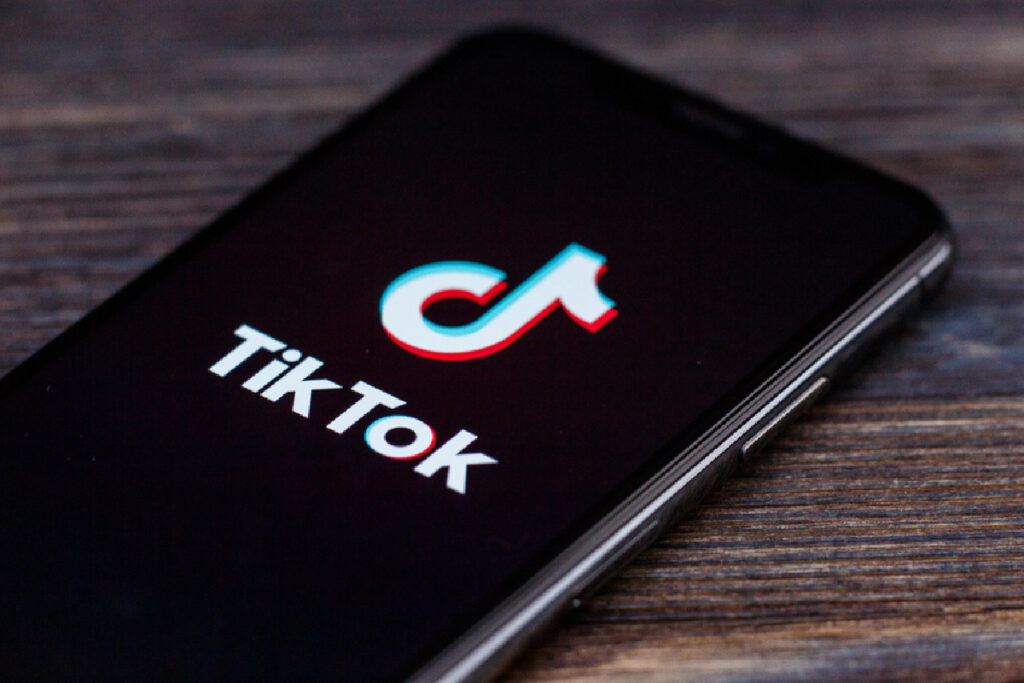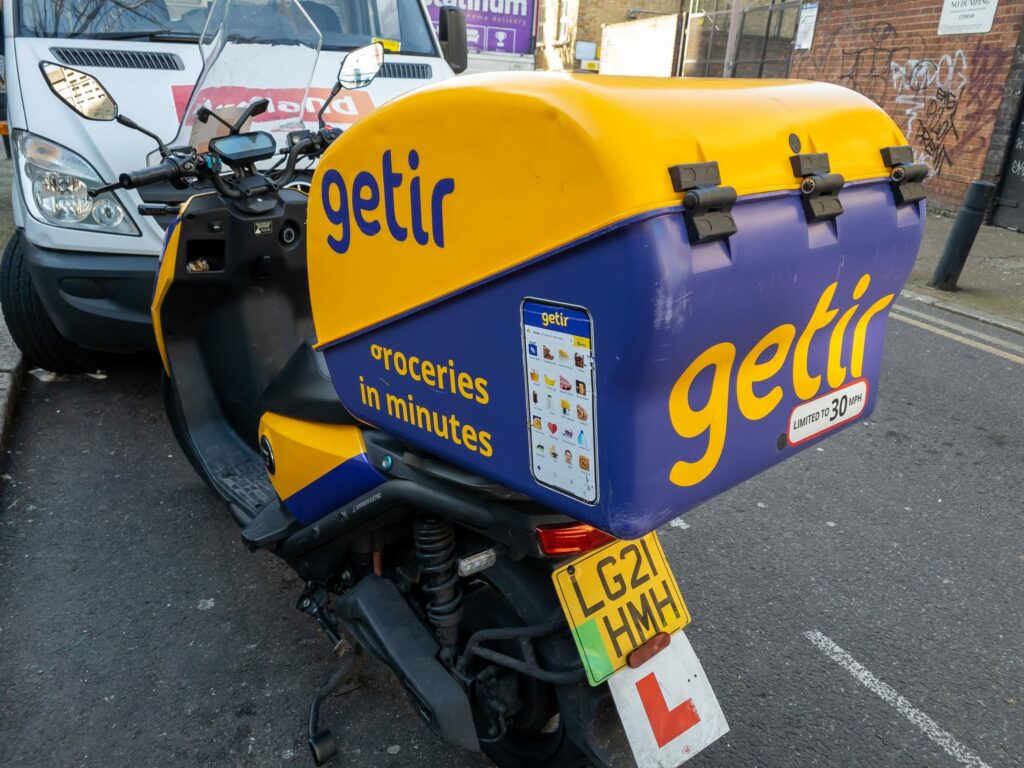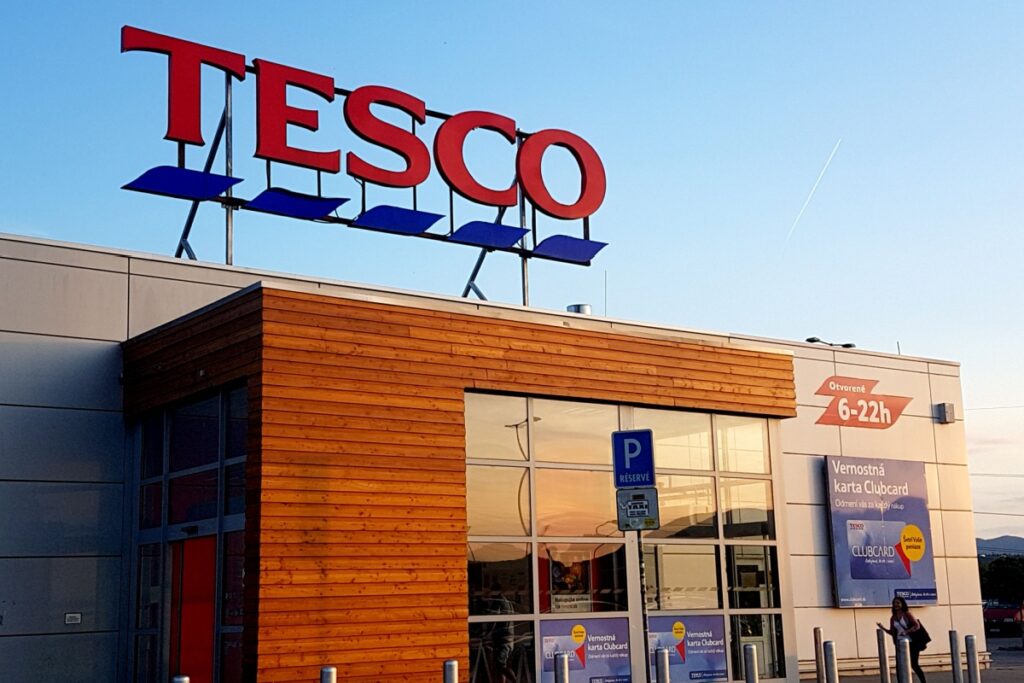Two weeks ago my wife and I had our first child – Esther. We are already thinking about the things we‘ll do together as a family, many of which correspond with experiences we enjoyed as children. A surprising number of the items on our list involve brands: my first party at McDonald‘s, my first trip to the world of wonder that is Toys R Us and so on.
When I started thinking about this I realised that it wasn‘t just the fun stuff I had strong associations with. I buy the same brand of margarine, washing powder and toothpaste I enjoyed as a kid. For me, trust in these brands has been built over years. The relationships I have with Flora, Persil and Aquafresh are deep-rooted.
This is what great brands do. They build strong relationships with us over time so that we come to associate a product, category or, more importantly, a stage in our life with them. Smart brand managers understand the importance of the concept of ‘lifetime customer value‘ and invest in today‘s sales but also tomorrow‘s relationships. That is why when a brand changes its name, identity, even tagline, it can be a big deal for consumers who feel close to them.
There are some examples of this that I can recall from my childhood – Marathon rebranding as Snickers caused an uproar in the playground. However, today with annual sales of £2 billion and a unified global brand strategy, some short-term pain seems to have paid off. Other brands have managed the transition well. While the cost and relative merits of the Norwich Union to Aviva rebrand received a huge amount of attention, it‘s been overwhelmingly successful. Aviva aligned its UK brand with the name and identity (that it operated under in 20 different markets) in 2008. ICM research shows name and brand recognition had been boosted by 80 per cent by 2009 and, more importantly, profits increased by 25 per cent by 2010.
Changing a name or identity is a big risk for brands. Marketers are very aware of the emotional equity in a brand, but are also under constant pressure to keep brands fresh and relevant. And there are sound commercial reasons for changing a brand‘s name or identity. My two examples allowed those businesses to make their global marketing operations more efficient and certainly in the case of Aviva to move to a strong name to match the organisation‘s ambitions in the UK.
There are occasions when the risk is not worth the reward. We are all aware of high profile re-branding failures like The Post Office Group‘s brief spell as Consignia or the furore created when Gap launched a new logo. The backlash and anger expressed by Gap‘s customers at not having been properly consulted about the change led Gap to rapidly reinstate its old visual identity.
There are other ways of keeping your brand fresh and relevant of course. Returning to the idea of nostalgia and the formative relationships we have with brands as children, I checked out the Toy Retailers Association list of top toys for Christmas 2012.
I was fascinated by the list. I am 36, and yet I recognised about half of the toys, including Cabbage patch Kids, Nerf, Twister and Furby, from my childhood. Most interesting for me was Lego, with two separate entries.
If you work in branding you‘ll know the Lego brand is revered, not only for its strength of purpose and longevity, but also for its smart strategies for keeping the brand relevant and interesting. Lego is master at creating sub-brands and strong product brands. It stays close to trends and launches products based on licensing partnerships – often with popular movies or TV series. Its Lord of the Rings set is one of the top toys for Christmas. Lego also creates strong sub-brands, such as Lego Mindstorms, a set of products that were actually co-created with its customers. Lego has adapted its strategy to become more interactive, giving consumers the ability to design and customise sets online as well as
RELATED STORIES





